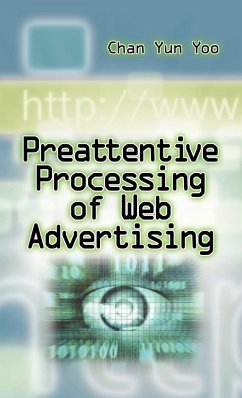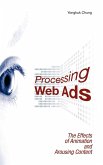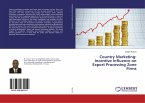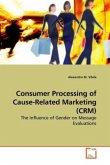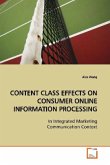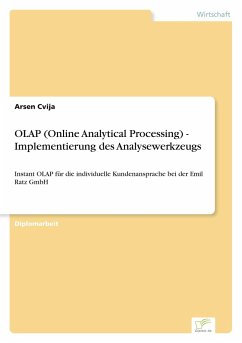The World Wide Web provides an alternative way for practitioners to deliver advertising messages, and its success as an advertising medium continues as shown in a recent report from the Internet Advertising Bureau (2006). The Web ad revenues in the United States totaled over $12.5 billion for the year 2005, a 30 percent increase over 2004 revenues. Despite its exponential growth, Web advertising has endured much scrutiny due to its failure to engage consumers in interaction with advertising message. The very accountability for which Web advertising was once praised is now employed to question its value. The dismal click-through rates (i.e., below 1 percent), along with consumers' intentional avoidance of Web advertising, suggest that we need to look beyond the effortful or conscious processing of Web advertising. Despite the continued effort to theorize how Web advertising works, little has been known about how Web advertising may affect consumers' responses when the Web advertisements are outside of consumers' attentional focus. This book not only proposes a theoretical framework of how Web advertising works, but also empirically examines preattentive processing of Web advertising. The model proposes that the Web advertising source and message characteristics, in conjunction with moderating exogenous and endogenous variables, impact Web ad processing (via preattention versus focal attention) to influence Web ad effects. Furthermore, the study explores factors affecting the extent of preattentive processing of Web advertising and examines outcomes of preattentive processing in terms of memory, attitudes and consideration set formation. This book will be a critical reference for those in advertising, communications and Internet Studies.
Hinweis: Dieser Artikel kann nur an eine deutsche Lieferadresse ausgeliefert werden.
Hinweis: Dieser Artikel kann nur an eine deutsche Lieferadresse ausgeliefert werden.

